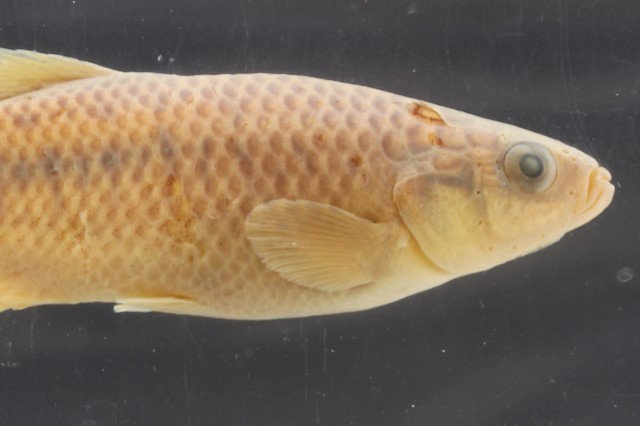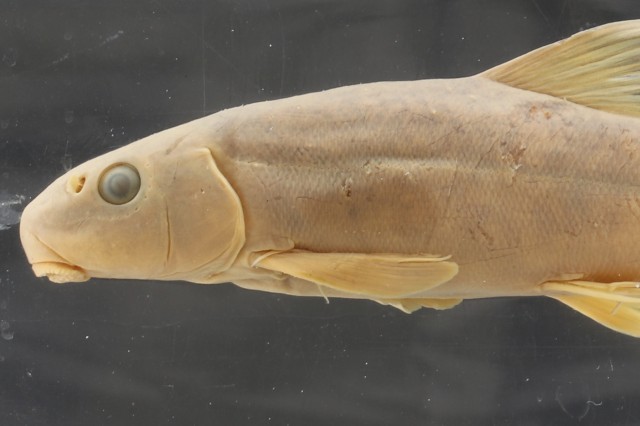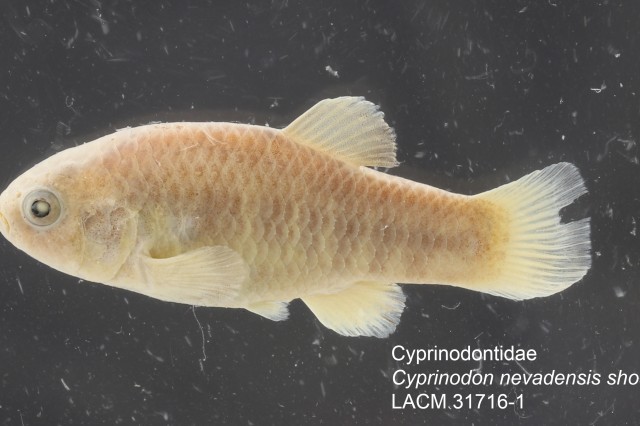Fishes Across America: Shoshone, Idaho
A different Shoshone, a different sucker: Catostomus columbianus, the bridgelip sucker
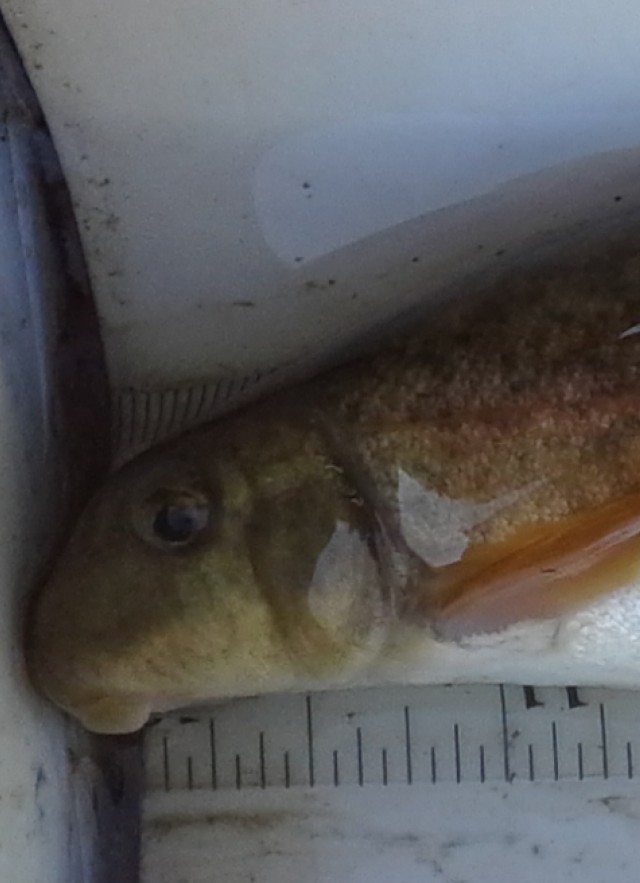
Let’s continue our trip eight hours northeast to a different Shoshone, this time to Shoshone Falls, Idaho, to the banks of the Snake River.
This drive takes us across Nevada on Interstate 80, ending halfway between Boise, Idaho and Salt Lake City, Utah. I’m picturing wide open spaces, beautiful vistas, and miles upon miles of open road. I’ve never had the pleasure of driving across northern Nevada, but the route should take us through some of the most impressive desert habitat imaginable. Perhaps we should have a convertible for this part of our drive.
This route takes us into the southern range of the bridgelip sucker, Catostomus columbianus. This sucker is found exclusively in the Pacific Northwest, mainly in British Columbia, Washington, Oregon, and here in our little slice of southern Idaho. The species takes its name from the Columbia River basin, but it can also be found in portions of the Snake River basin.
Much like its close relative, the Tahoe sucker, the bridgelip sucker has a subterminal mouth and big, fleshy lips. A key difference that sets the bridgelip sucker apart from other species of Catostomas has to do with those lips. In most suckers, the lower lip has a cleft that separates the lip into left and right halves. In the bridgelip sucker, that cleft is shallow, so the left and right halves of the lower lip are not fully separated. Fish taxonomists are always looking for ways to distinguish species. It turns out that the degree of separation between left and right halves of a lower lip can be informative.

The bridgelip sucker has a similar lifestyle as its southern neighbor. It feeds on the bottom, using those fleshy lips to pick insect larvae and other little critters off the bottom. It also prefers slow moving waters; we are not likely to find the bridgelip sucker hanging around fast-flowing rapids.
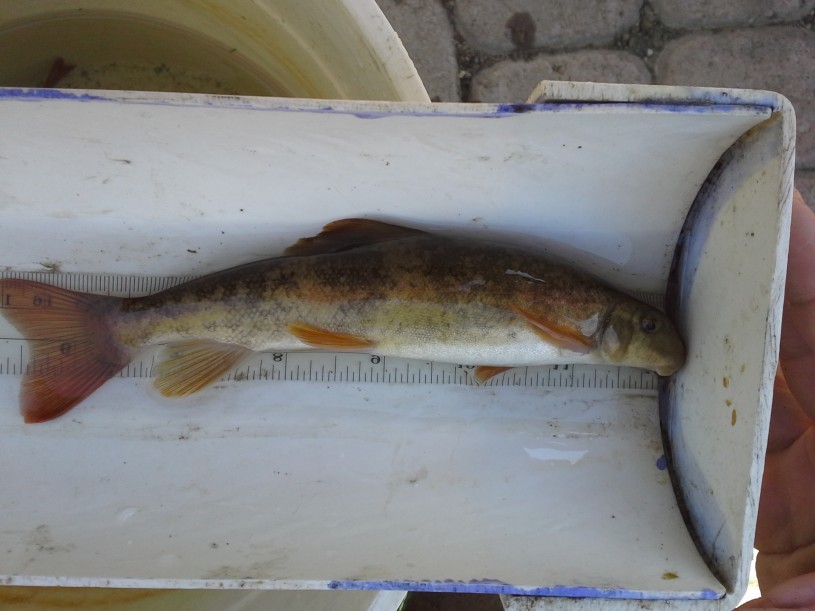
Unlike the Tahoe sucker, there is a fishery for the bridgelip. It doesn’t get much larger than the Tahoe, topping out at about 18 inches, but, unlike the Tahoe, some of the larger individuals are in shallow streams, making them easier to catch. The state record in Washington is 3.06 pounds, in case you were wondering. Careful though, they also have those epineurals and epipleurals (bones sticking out from their vertebrae), so eat them carefully (or catch-and-release).
